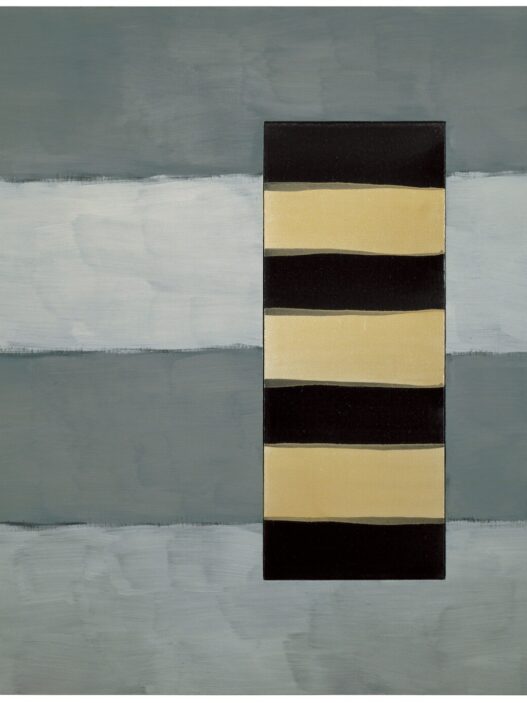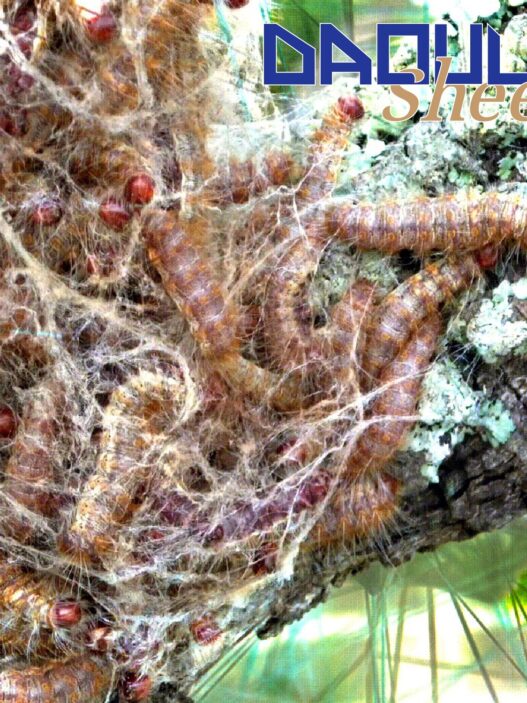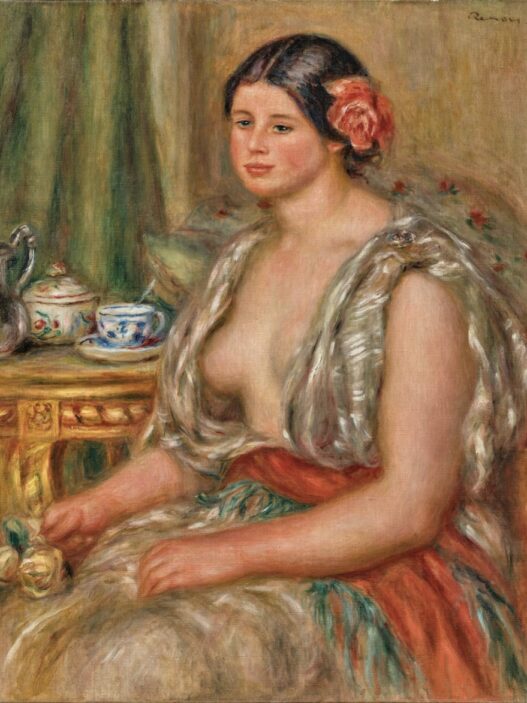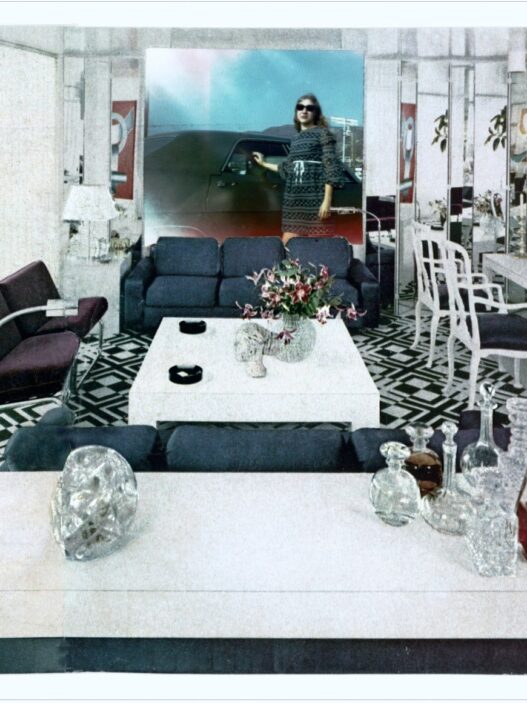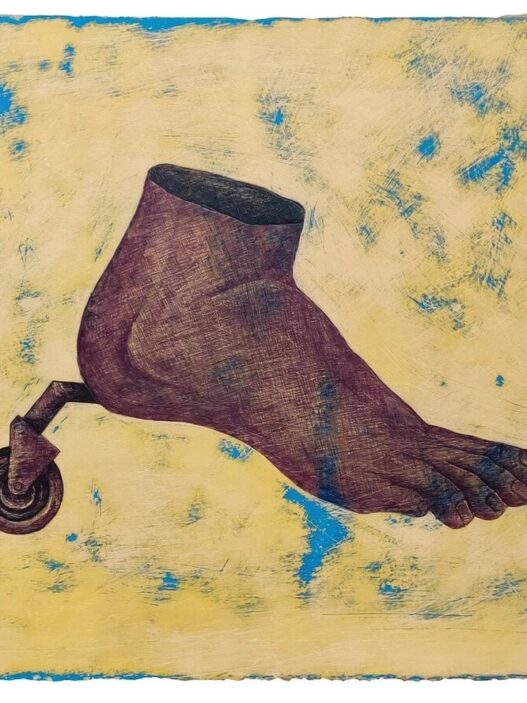November 20, 2022–March 5, 2023
Opening: November 19, 5–7pm
Centre International d’Art et du Paysage, Vassivière Island presents Caroline Monnet: Grounding the Invisible.
Caroline Monnet (Anishinaabe-French) addresses difficult questions of Indigenous identity and bicultural existence through visual and media arts. The Montréal-based artist offers installations, sculpture, and film in engagement with the location and broader themes of territory in her solo exhibition at the Centre International d’Art et du Paysage (CIAPV). Drawing on Vassivière’s island environment, certain pieces recall water, from a colossal icosahedron sculpture to more fluid renderings that speak to movement, light, and the transformative force of water. Monnet suggests Indigenous futures based on resilience, advancement, and joy by juxtaposing Anishinaabe, Western, and natural geometries.
Monnet has created a distinct aesthetic lexicon in which indigenous Anishinaabe motifs and cultural activities are inscribed into contemporary forms. The artist turns raw aspects of the constructed world into an architectural language embedded with Indigenous identity by working with basic building materials like as vapour barriers, foam insulation, and plywood.
A set of modular cast sculptures that resemble cinder blocks are positioned as a construction-in-progress in Grounding the Invisible. The ubiquity and roughness of the concrete masonry units are modified here by the use of geometric Anishinaabe motifs that shape the blocks’ negative spaces. The blocks, when assembled in various combinations, generate bigger geometric planes and structures throughout the room, implying a space ripe for activation and participation.
For the artist, creating architectural or sculptural volumes inside space is comparable to forcing one’s presence: a taking up of space that acknowledges Indigenous peoples’ long-denied role within the fabric of society.
Monnet’s geometric lexicon takes on three-dimensional volume in the form of a colossal icosahedron sculpture. The twenty-sided shape is one of the five Platonic solids, which are regular polyhedra named after the Greek philosopher Plato, who connected four of them with the elements earth, air, water, and fire and regarded them to be the foundation of all matter in the universe. The dodecahedron, the fifth regular polyhedron, was connected with the cosmos. The Platonic solids were thought to form a comprehensive theory of the universe when taken together.
Monnet’s icosahedron is fashioned of Douglas fir, a non-native species in France that is frequently cultivated for lumber in the region. The sculpture’s material evokes current resource extraction and forest industrialisation, which operate as structural aspects of the surrounding environment in the manner of the classical conception of the Platonic solids.
Two polyhedra are made by several hemp ropes spanning the exhibition space and meeting at their apex in a further investigation of geometric volumes. The ropes, tied in nautical knots, echo and expand the square shape of a window that looks out into Vassivière lake and the hydroelectric dam that formed it.
Monnet’s installation is partly inspired by the geometry of an Algonquin dreamcatcher. The circular form, suspended near an infant’s cradle, is handwoven with a net or web-like shape that ensnares bad dreams and spirits while allowing good ones to pass through. The dreamcatcher’s flat surface is stretched outwardly into two pyramids here, as if receiving as well as transmitting. The pyramids appear to vibrate and resonate outwards as they are held in tension across the space. The pure geometric forms that result frame and focus our perspective, forming a network of lines that converge around the window, landscape, and horizon beyond.
Geometry has frequently been utilized to delimit a landscape and thus to know, possess, and rule it. This attachment to the natural world contradicts Anishinaabe worldview, which holds that humans do not own the land but rather belong to it. Geometry becomes a creative rather than a reductive technique in Monnet’s works, shaping form and space as well as our perceptions of the latter. The artist suggests a re-enchantment of geometry, traditionally regarded the sacred generator of all things, by incorporating Anishinaabe themes, endowing terrain and our relationship to it with connections to a more-than-human universe.
The exhibition is curated by Alexandra McIntosh, Director, CIAPV, and is presented with the support of the Délégation générale du Québec à Paris.
About the Centre International d’Art et du Paysage
The Centre International d’Art et du Paysage on Vassivière Island (CIAPV) is celebrated in the French artistic landscape for its remarkable architecture designed by Aldo Rossi and Xavier Fabre, its open-air permanent collection, and its program of exhibitions, residencies, and events exploring contemporary art and landscape. The CIAPV, located on the Plateau de Millevaches in the Limousin area, is deeply rooted in its rural surroundings while creating national and international relations.
Centre International d’Art et du Paysage, Vassivière Island
Vassivière Island
87120 Beaumont-du-Lac
France




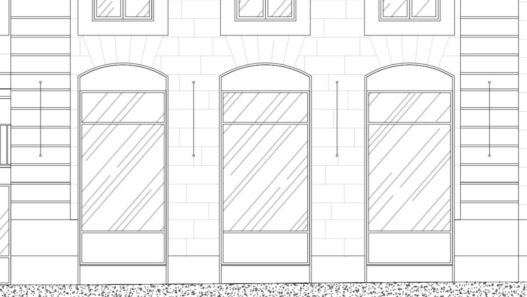

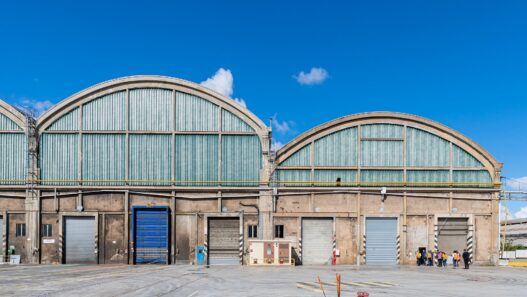

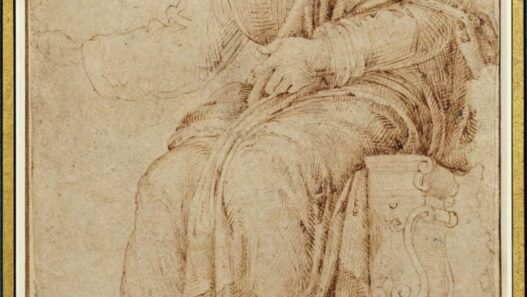


![[1] Zachary Fabri, Mourning Stutter, 2017. [2] Rodrigo Valenzuela, Institute of Queer Ecology, 2020. [3] Jesse Harrod, Passing Fancies. transart institute for creative research](https://dailyart.news/wp-content/uploads/2022/11/transart_knot-95x95.gif)

